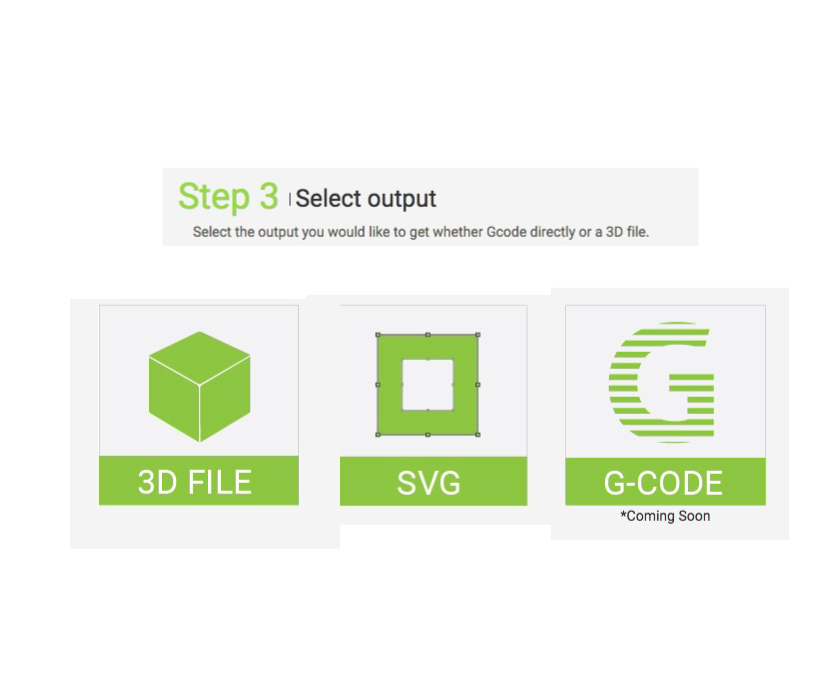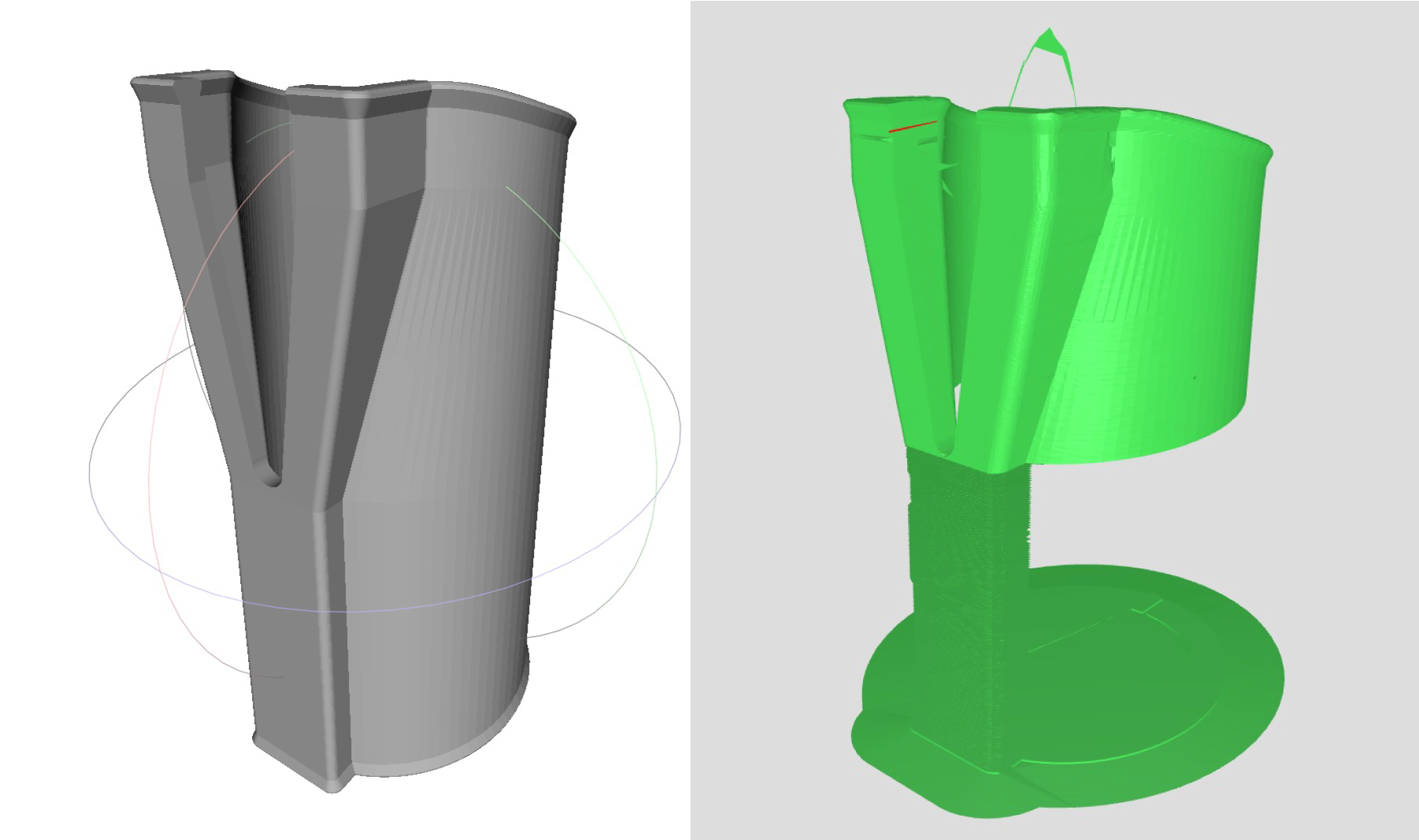Another MakePrintable story? Yes, because they’ve developed a feature that could shake things up in the intellectual property space.
First, a reminder: MakePrintable is a new, cloud-based 3D model repair service, which we’ve covered previously. The presently closed-beta service is very easy to use and provides a number of fixing capabilities not found in other tools.
Aside from 3D model repair, MakePrintable is gradually adding a number of ancillary features that you might consider using, like a slicing service.
But one feature under development could prove difficult for some other services: a GCODE reverser! Normally, one takes a 3D model and converts it into GCODE for printing. This process is called “slicing”. MakePrintable’s new feature accepts GCODE and reverse engineers the original 3D model! No 3D model required, just the GCODE.
Why is this so important? Because several services rely on the fact that GCODE cannot be used as a general 3D model. Consider the case of MakerBot’s digital store, where you can purchase a variety of very cool 3D models. Actually, you don’t buy the 3D model – you buy a GCODE file that prints the model – and only on MakerBot machines, obviously.
Now imagine if you purchased a GCODE model from the MakerBot Digital Store and fed it into MakePrintable’s reverse GCODE service. You’d immediately have a usable 3D model file more-or-less identical to MakerBot’s non-public 3D model.
Similarly, several secured print services rely on the use of GCODE. Authentise, for example, slices a 3D model in the cloud and then transmits the GCODE directly to your 3D printer for printing. Imagine if you put a listener on that transmission and captured the GCODE. You’d be able to quickly reconstruct the hidden 3D model again!
We’ve had mixed results testing the experimental GCODE reverser. As you can see here, the original 3D model on the left was sliced into GCODE and submitted to MakePrintable. The result is on the right. While it clearly didn’t work, it definitely did work very well for most of the top half of the model. It may not work perfectly now, but it’s clear it will in the future.
Here is their video of GCODE reversal that shows the service can work reasonably well.
As of now, the GCODE reverser is only in an experimental stage, so it doesn’t work reliably. However, there is no reason to believe it could not be made to work, as the GCODE literally represents the 3D model. The information to reconstruct the 3D model does exist in the file.
Yes, reverse GCODE will be a powerful feature, but we suspect some folks might not like it.
Via MakePrintable



